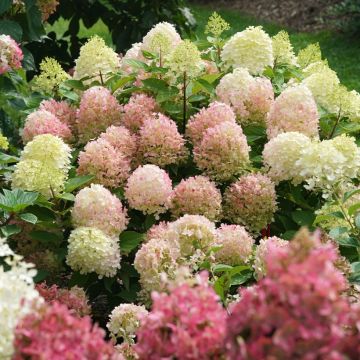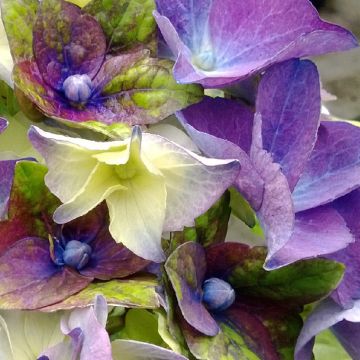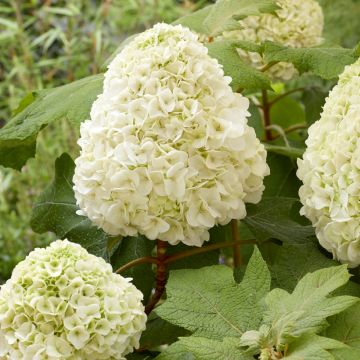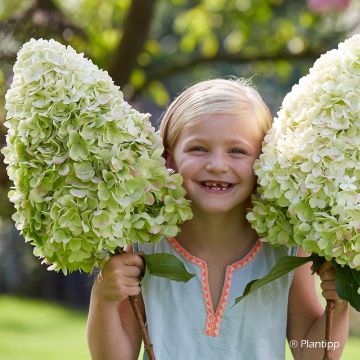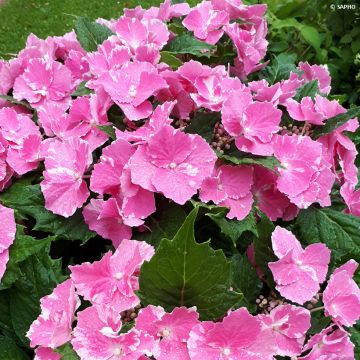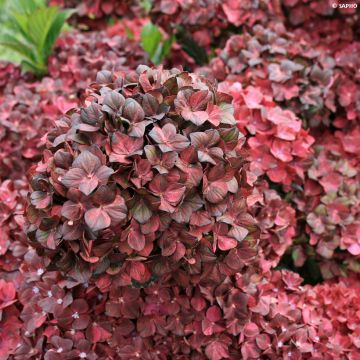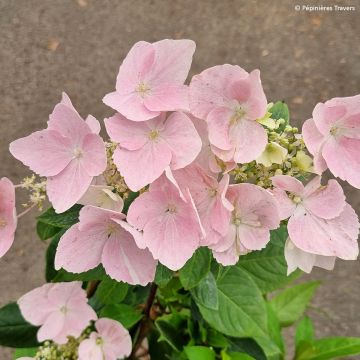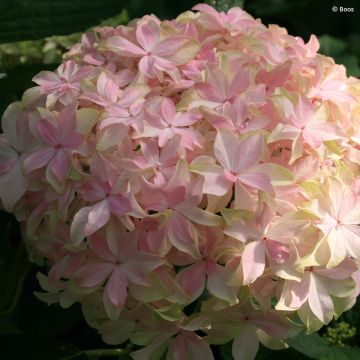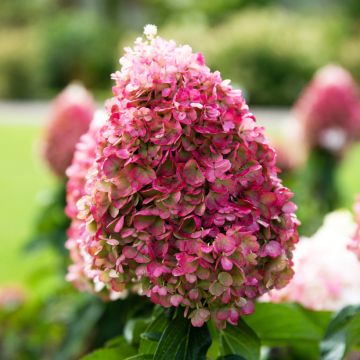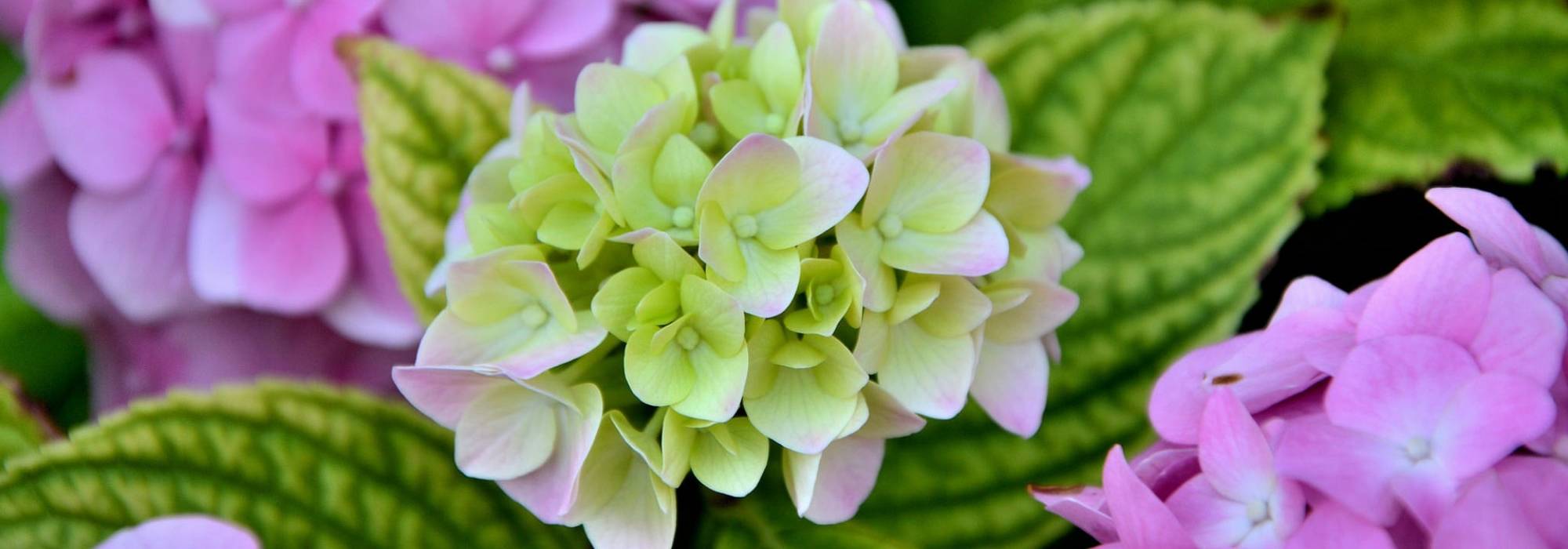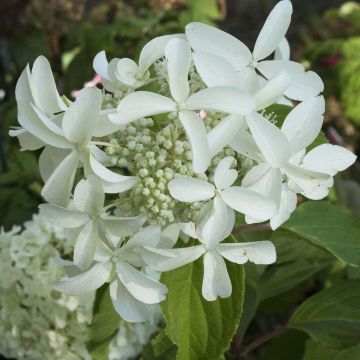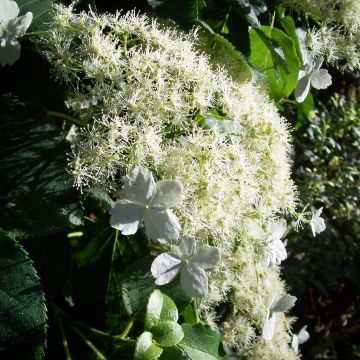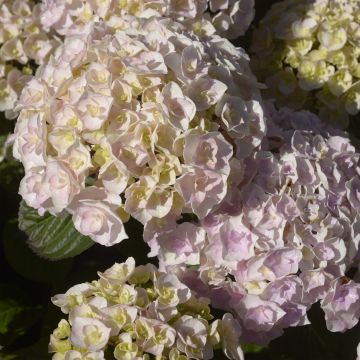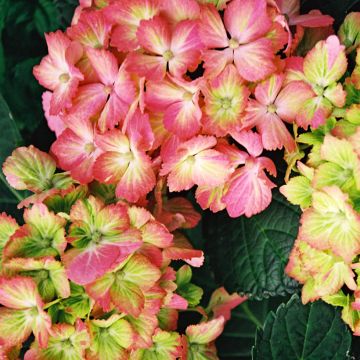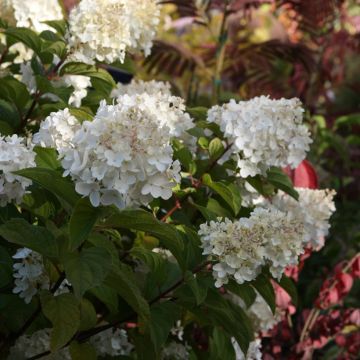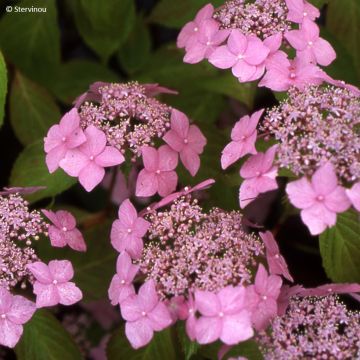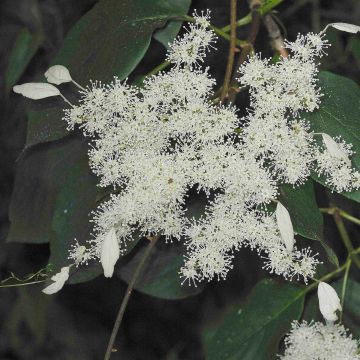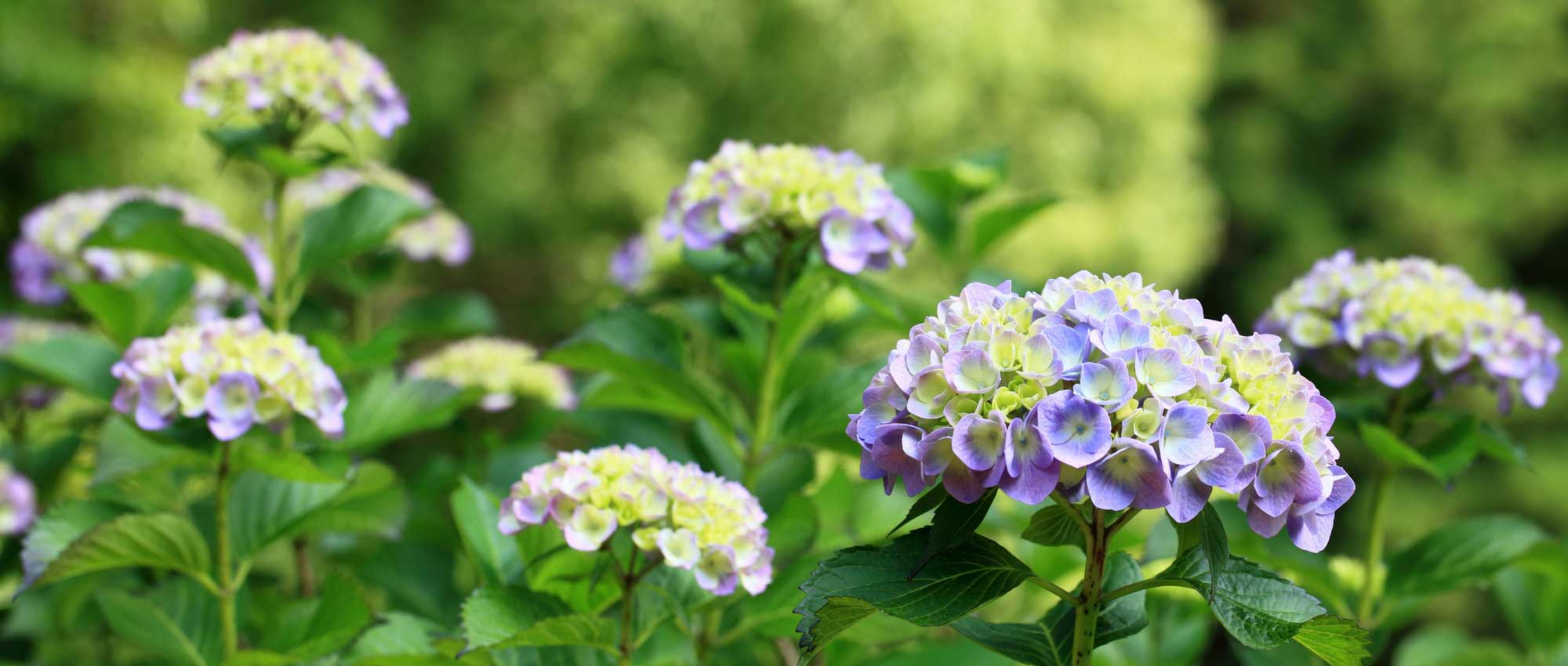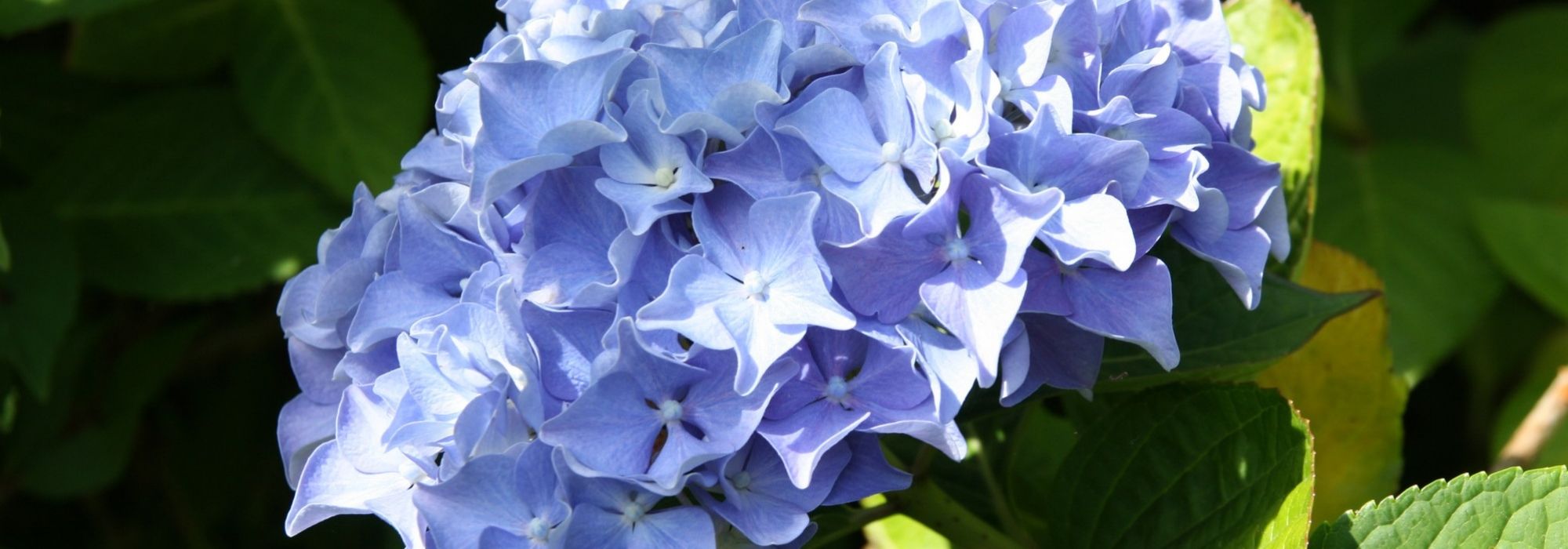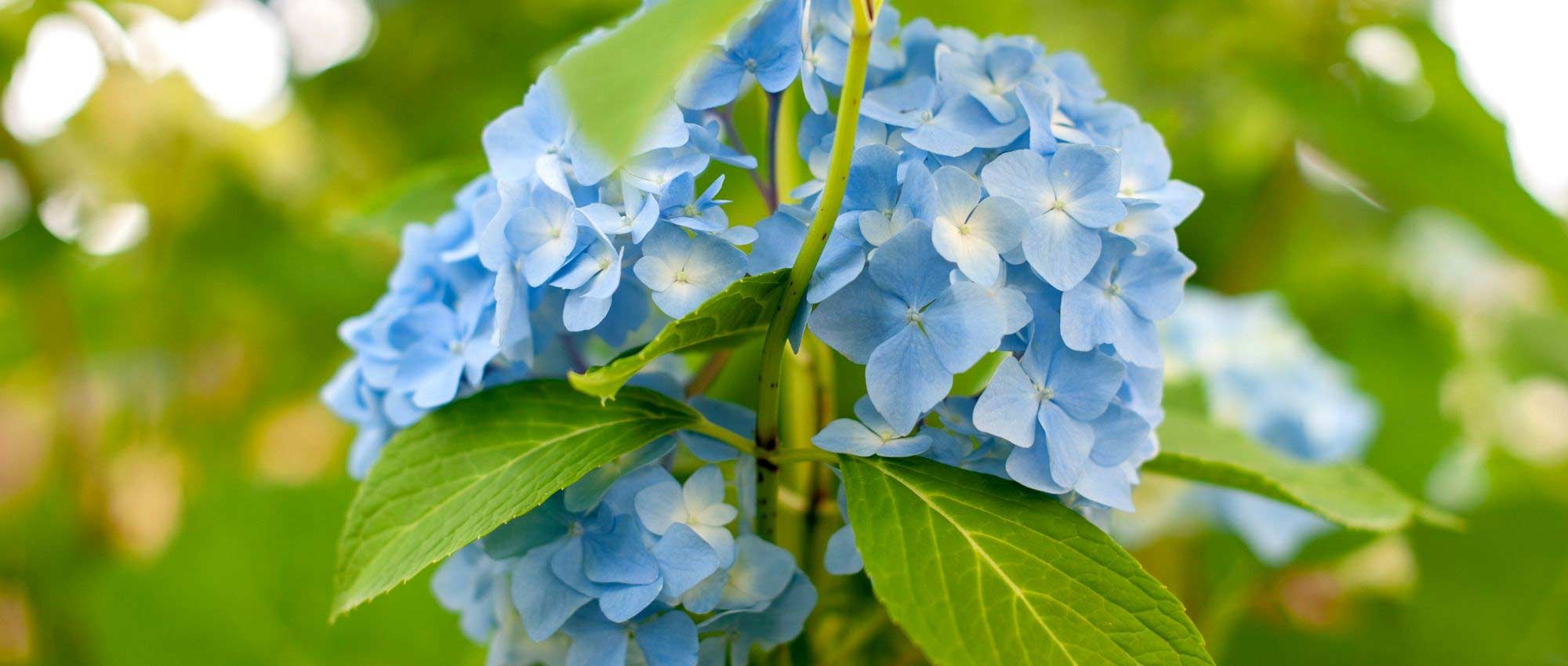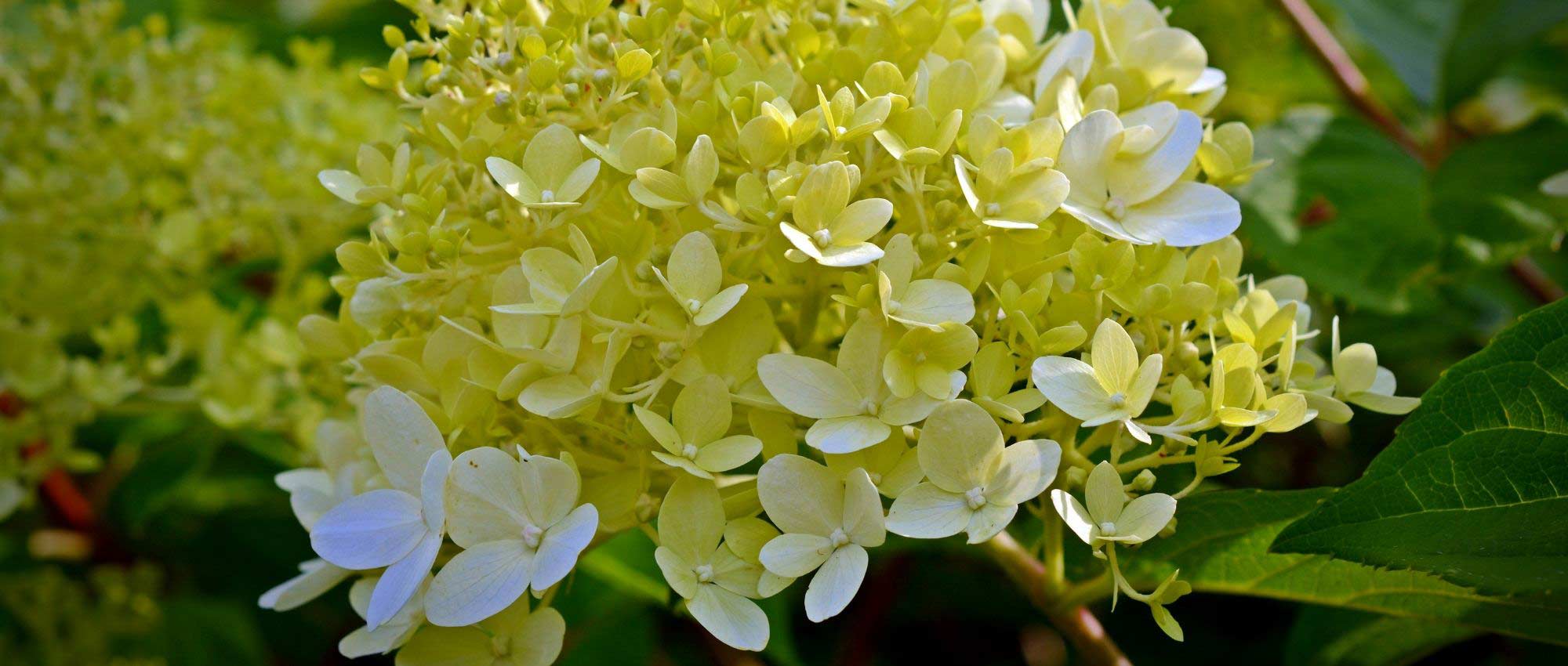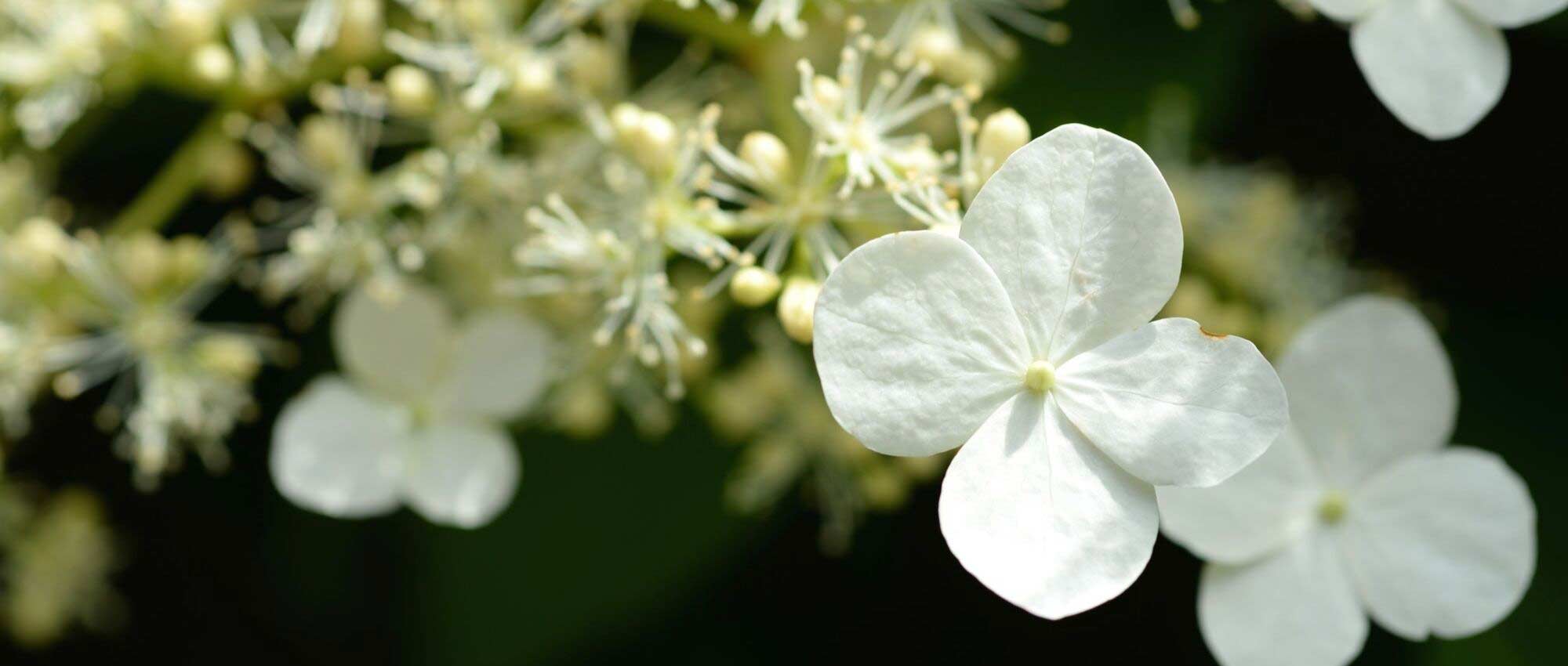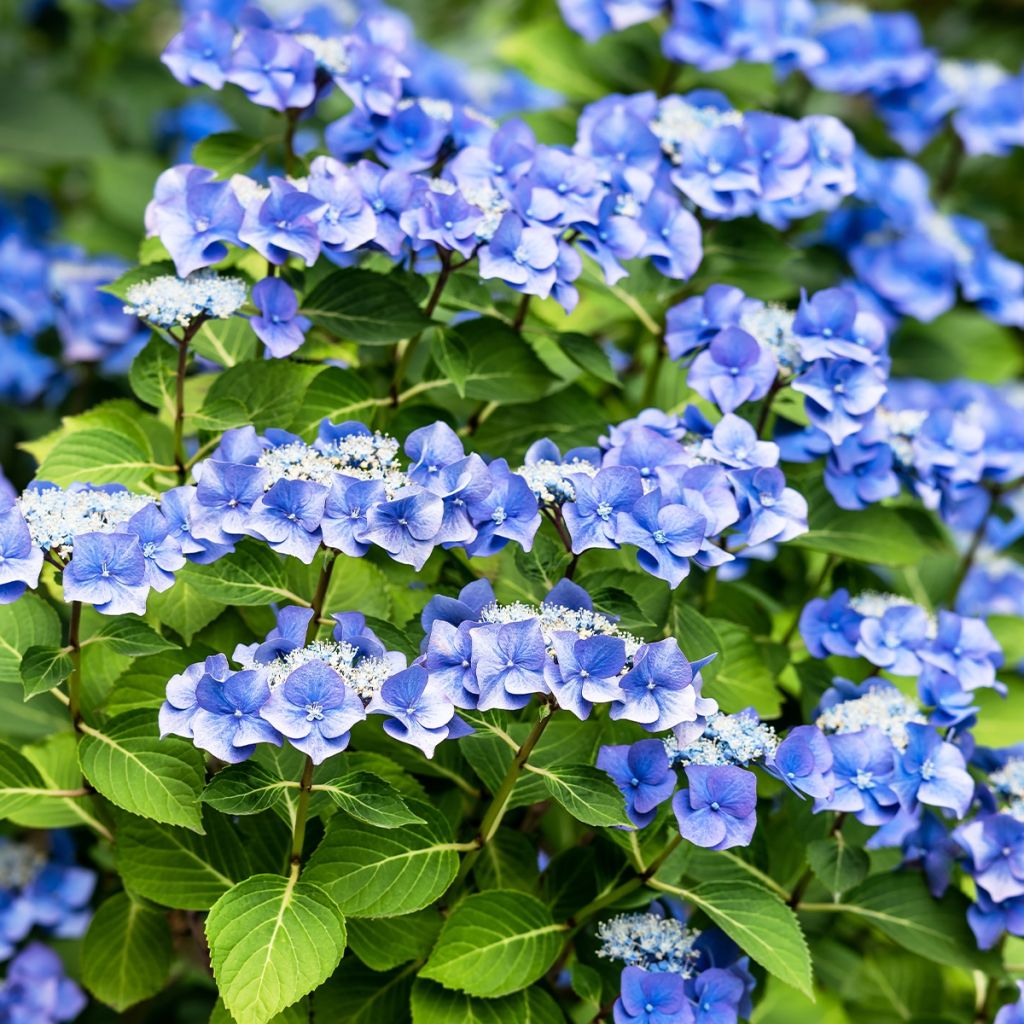

Hortensia - Hydrangea macrophylla Blue Sky
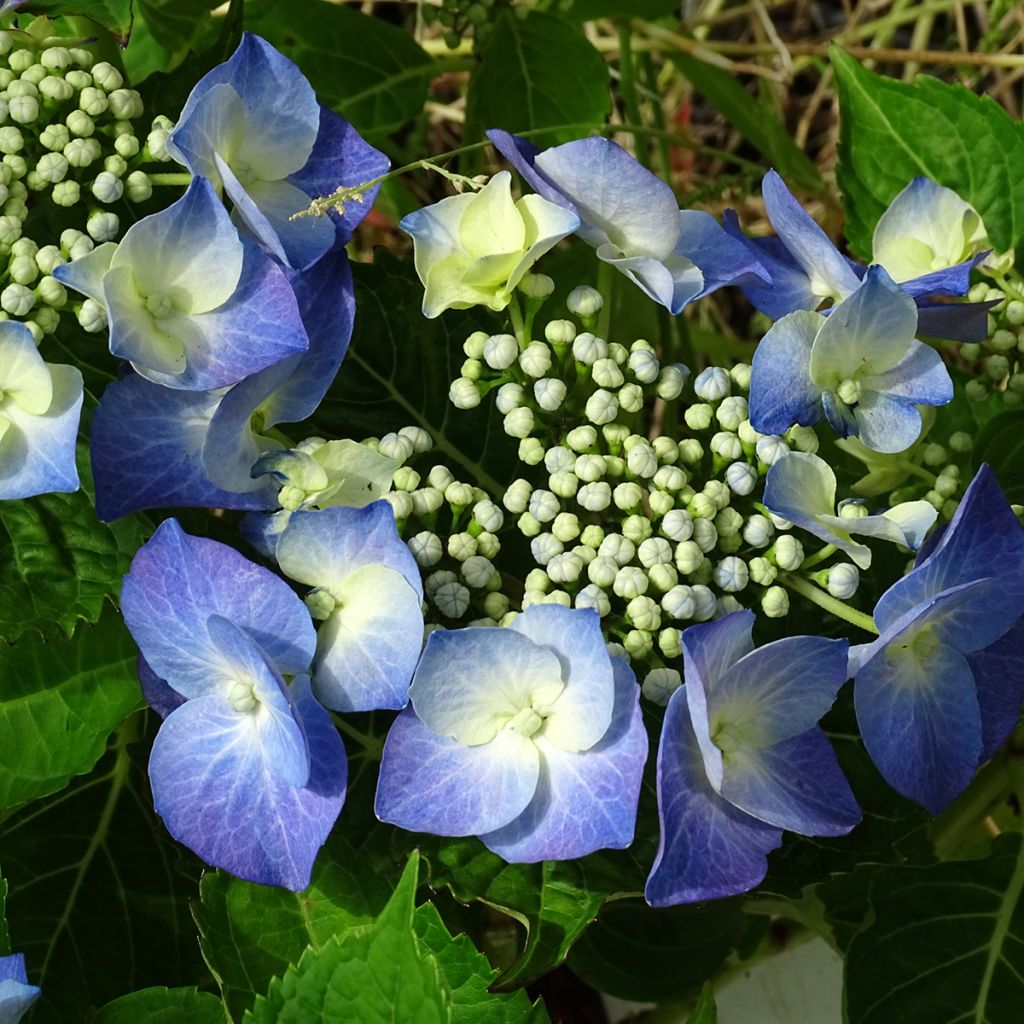

Hortensia - Hydrangea macrophylla Blue Sky


Hortensia - Hydrangea macrophylla Blue Sky


Hortensia - Hydrangea macrophylla Blue Sky
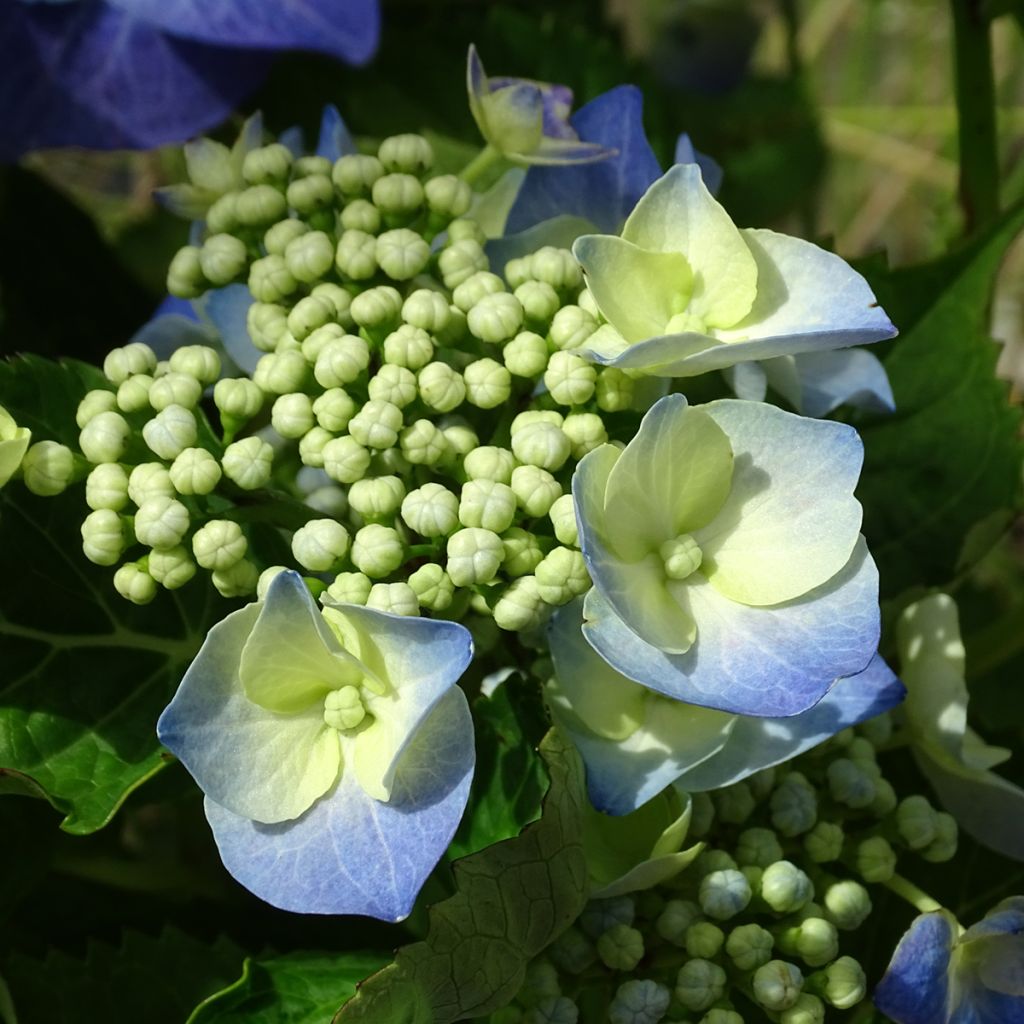

Hortensia - Hydrangea macrophylla Blue Sky
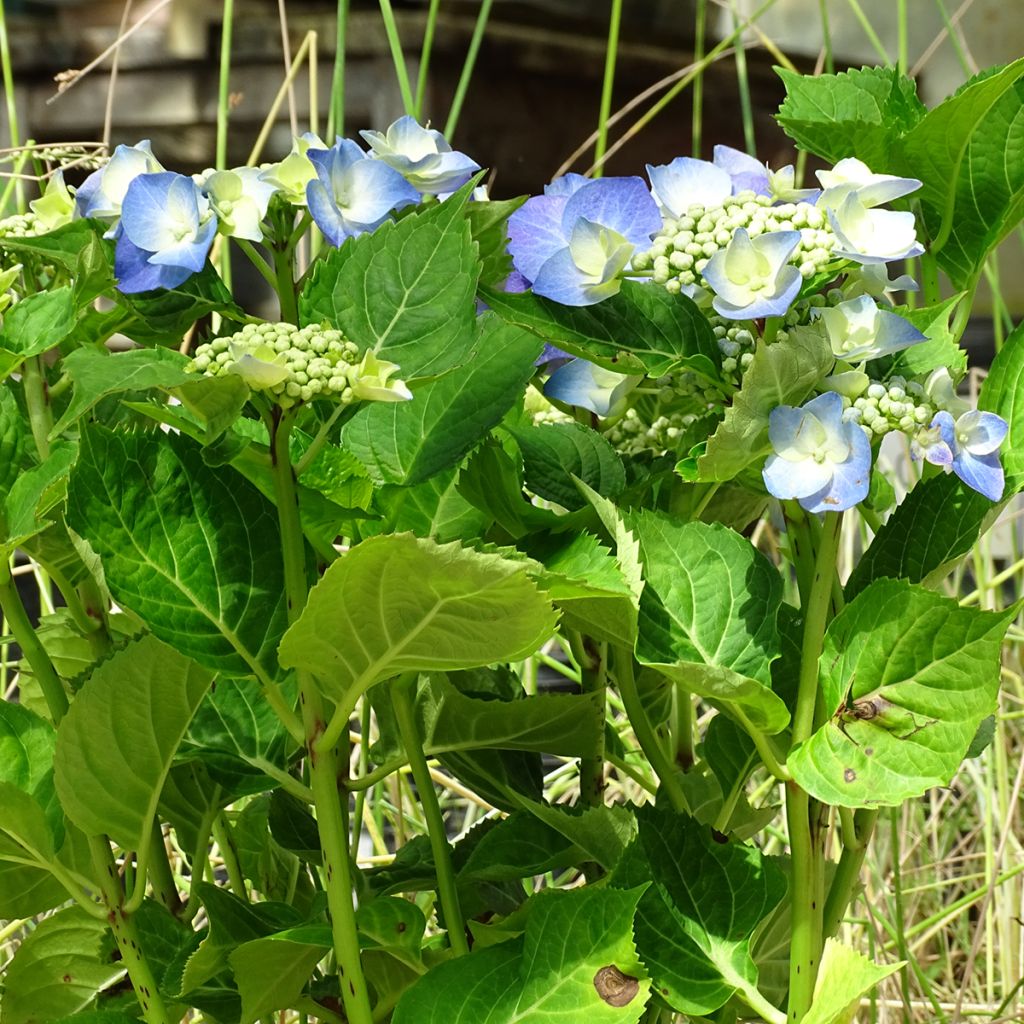

Hortensia - Hydrangea macrophylla Blue Sky


Hortensia - Hydrangea macrophylla Blue Sky
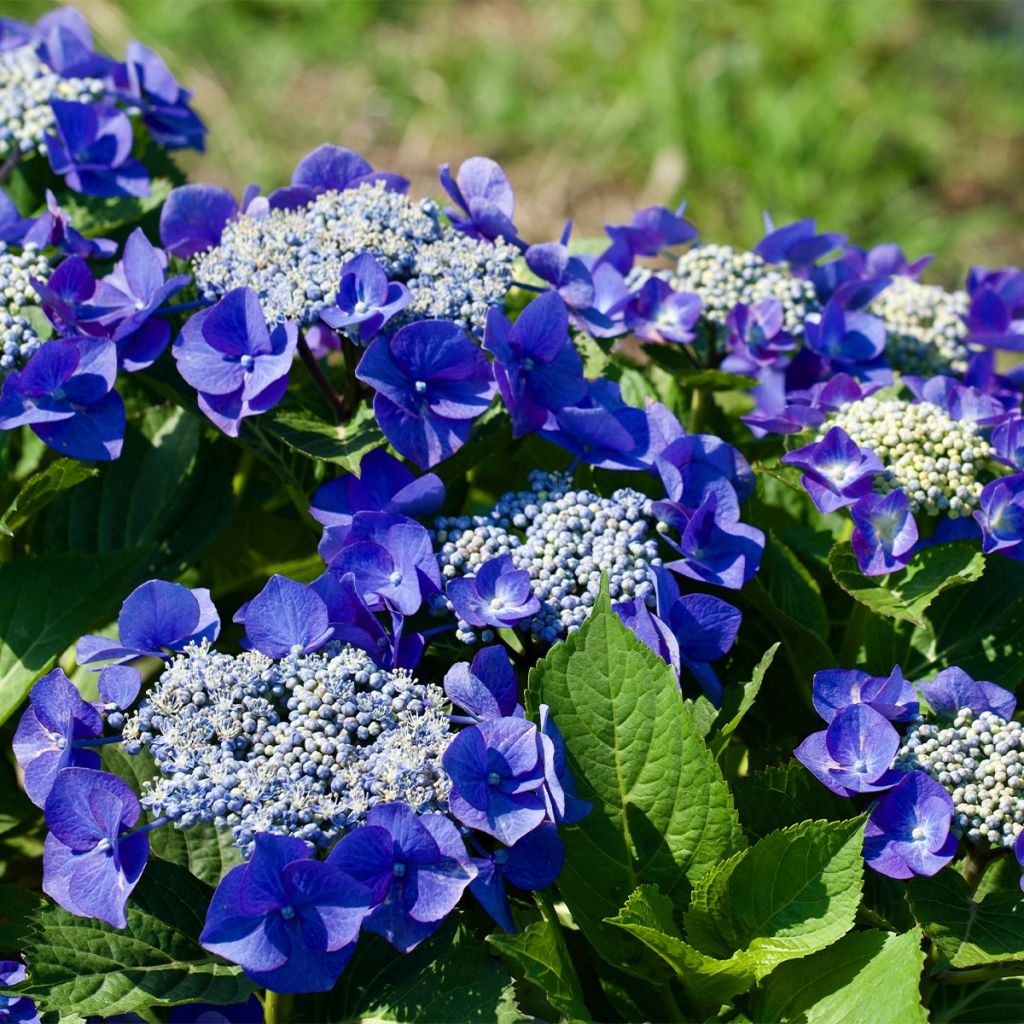

Hortensia - Hydrangea macrophylla Blue Sky
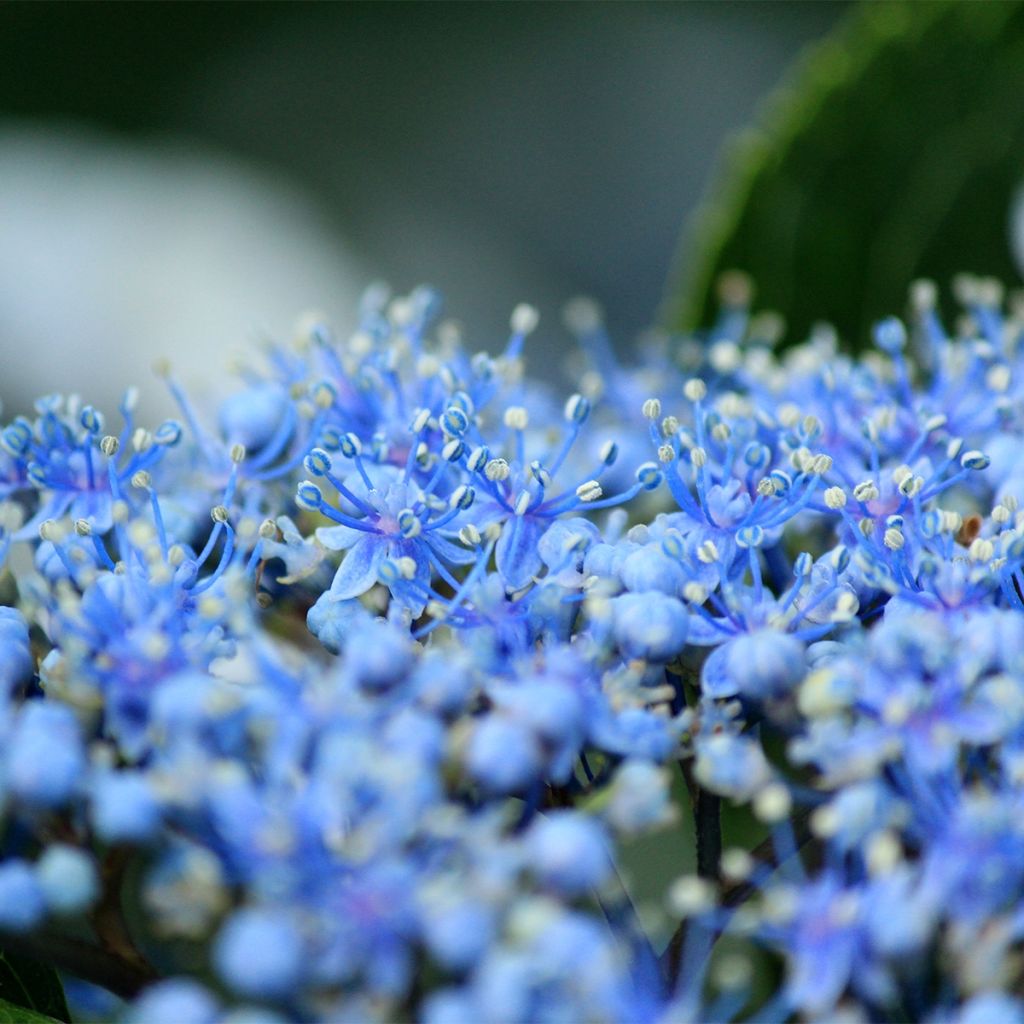

Hortensia - Hydrangea macrophylla Blue Sky
Hydrangea macrophylla Blue Sky
Hydrangea macrophylla Blue Sky
Bigleaf Hydrangea, French Hydrangea
Special offer!
Receive a €20 voucher for any order over €90 (excluding delivery costs, credit notes, and plastic-free options)!
1- Add your favorite plants to your cart.
2- Once you have reached €90, confirm your order (you can even choose the delivery date!).
3- As soon as your order is shipped, you will receive an email containing your voucher code, valid for 3 months (90 days).
Your voucher is unique and can only be used once, for any order with a minimum value of €20, excluding delivery costs.
Can be combined with other current offers, non-divisible and non-refundable.
Why not try an alternative variety in stock?
View all →This plant carries a 24 months recovery warranty
More information
We guarantee the quality of our plants for a full growing cycle, and will replace at our expense any plant that fails to recover under normal climatic and planting conditions.
Would this plant suit my garden?
Set up your Plantfit profile →
Description
Hydrangea macrophylla 'Blue Sky' is a medium-sized variety with relatively flat inflorescences, quite different from the usual large heads of this variety. Its summer flowering lasts for several months, usually from July to September. Its flowers are among the bluest there are, provided it is planted in acidic soil. It will fade or turn pink in more alkaline soil, as it cannot assimilate aluminum. This beautiful, easy-to-grow bush will thrive in neutral to acidic soil. Choose partially shaded areas, either alone or in the centre of a mixed bed.
Hydrangea macrophylla is a deciduous bush. It is native to Japan where its beauty has been appreciated for centuries and mentioned in poems dating back to the 8th century! Festivals are even dedicated to this bush. Hydrangeas belong to the Hydrangeaceae family, which they have given their name to, and which includes other widely distributed ornamental genera, such as Deutzia, Philadelphus, or Carpenteria. Among H. macrophylla, there are round-headed varieties and flat-headed varieties.
'Blue Sky' is a remarkable variety for its almost unreal blue inflorescences. From July to September, it produces almost flat panicles of lace-cap flowers, composed of small fertile flowers tightly packed in the centre and surrounded by sterile florets with 4 overlapping petals. In acidic soil, they take on an absolutely sublime blue colour, which is rare in the plant kingdom. These remarkable inflorescences measure over 15cm (6in) in diameter. They are enhanced by the medium to dark green foliage (the depth of colour depending on sun exposure).
This bush has a fairly compact habit, reaching about 1.3 to 1.5m (4 to 5ft) in all directions. Its habit is rather regular and it eventually forms a dense rounded mass of vegetation. Its large ovate and acuminate leaves (pointed at the tip) cover the branches well. It can tolerate full sun, preferably with some shade to avoid excesses, or it can be exposed to the east to benefit from the morning sun that is not too intense. It will also thrive in partial shade. The important thing is that it can find moisture in the soil. It may be necessary to provide regular watering, especially in summer. Dry air is also not desirable; it will thrive more in humid oceanic climates or under the shade of large trees that will provide the cool environment it loves.
Like all Hydrangea macrophylla, this bush is not strictly an ericaceous plant. It prefers neutral to acidic soils, while tolerating some limestone. However, its flowering will only fully shine in acidic soil; it will turn pink in slightly alkaline soil. This bush is quite hardy (-20°C (-4°F) or below, although severe frosts can damage the tips of the branches. However, they easily regrow after pruning in spring). It can also be grown in a large container due to its compact mature size. In this case, make sure to water it regularly and not let the substrate dry out. Easy to grow, it can live for a very long time.
'Blue Sky' evokes emotion with its surprisingly blue colour and delicate flowers. You can plant it alone in the light shade of large trees, but it will also be stunning when planted in mixed beds with plants that prefer acidic soil. Choose plants that match its romantic charm and staggered flowering to create a gentle scene throughout the seasons. With its pink and then white star-shaped flowers early in the season, Magnolia stellata 'Royal Star' will kick off the charming flowering, followed by Rhododendron yakushimanum 'Silberwolke', a compact variety with purplish buds opening into magnificent pale-pink flowers that then turn white. The lesser-known Styrax japonica 'Evening Light' will complement 'Blue Sky' with its hundreds of white drooping flowers contrasting with its violet foliage. And to accompany the blue inflorescences of 'Blue Sky', the long creamy-white spikes of Clethra barbinervis 'Great Star' will be perfect, while in autumn, the flamboyant red and yellow colours of its foliage will provide a show in itself.
Hydrangea macrophylla Blue Sky in pictures
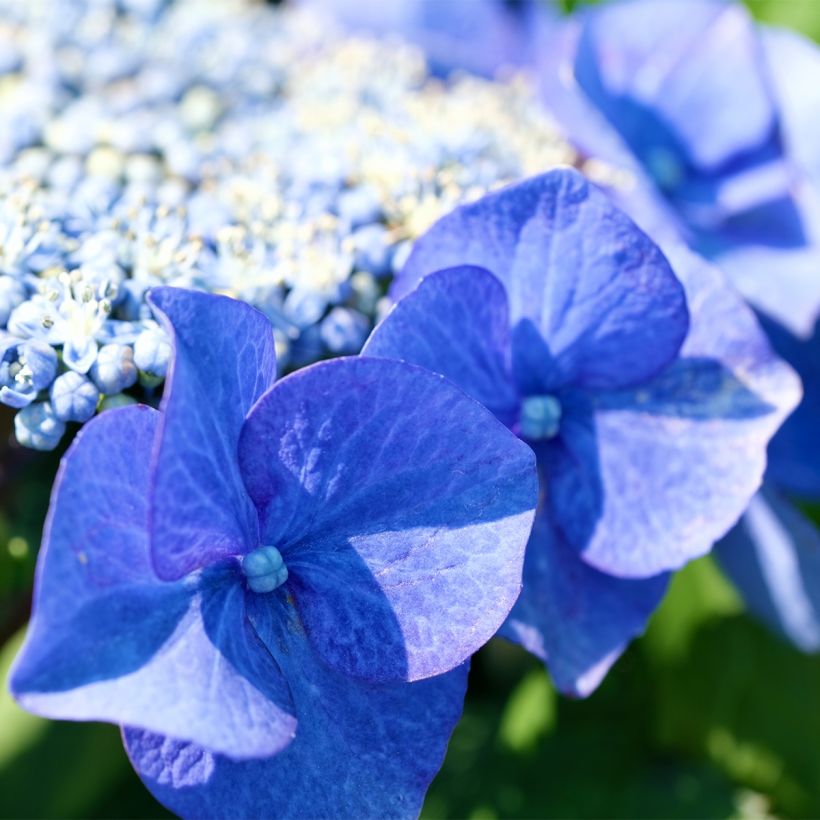



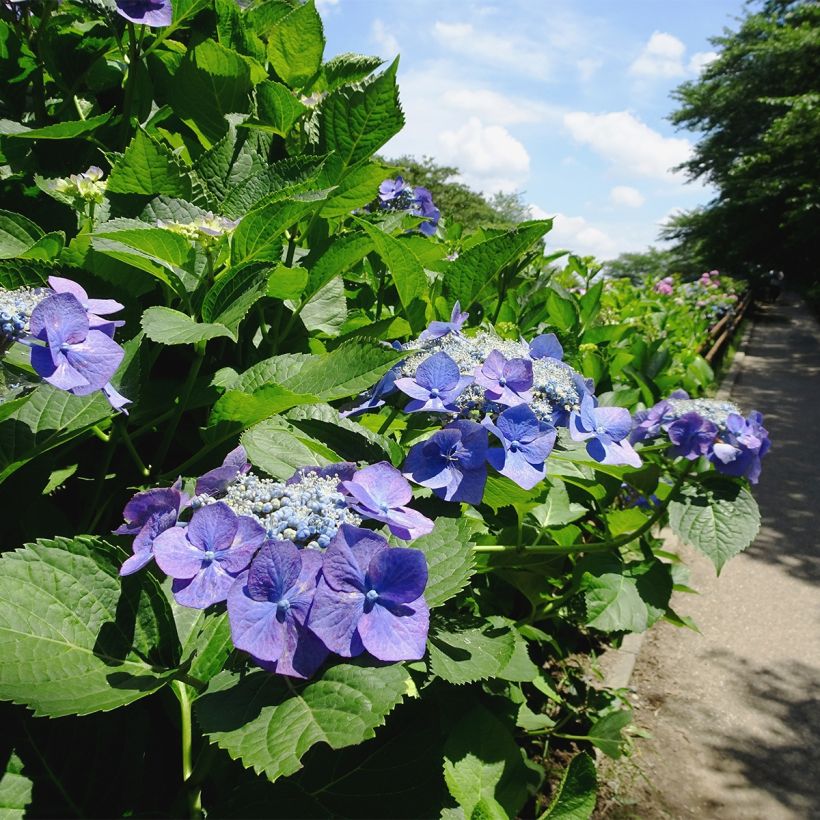

Plant habit
Flowering
Foliage
Botanical data
Hydrangea
macrophylla
Blue Sky
Hydrangeaceae
Bigleaf Hydrangea, French Hydrangea
Cultivar or hybrid
Other Hydrangeas
View all →Planting and care
Plant in spring or early autumn, preferably in a slightly shaded position, for example against an east-facing wall or even to the north. In very cold regions, it may be prudent to protect the stump with a thick mulch. Keep it protected from cold and drying winds. It does not require ericaceous soil, but appreciates deep, cool, well-drained, fairly fertile soil, possibly enriched with a good base fertiliser before planting. It can tolerate low levels of limestone. In slightly alkaline (calcareous) soil, dig a hole 70 to 80cm (28 to 32in) in all directions, and mix the existing soil with 1/3 heathland soil and 1/3 compost.
If planting near a wall and the soil is dry at its base, place the root ball at least 30 to 40cm (12 to 16in) away from it and incorporate a quantity of well-decomposed compost to better retain moisture in the soil.
After planting, be careful of slugs, which are quite fond of young leaves.
Very hardy, it is not afraid to be planted in cold regions. Water regularly during hot periods to prevent the foliage from wilting during dry spells.
Planting period
Intended location
Care
Planting & care advice
This item has not been reviewed yet - be the first to leave a review about it.
Haven't found what you were looking for?
Hardiness is the lowest winter temperature a plant can endure without suffering serious damage or even dying. However, hardiness is affected by location (a sheltered area, such as a patio), protection (winter cover) and soil type (hardiness is improved by well-drained soil).

Photo Sharing Terms & Conditions
In order to encourage gardeners to interact and share their experiences, Promesse de fleurs offers various media enabling content to be uploaded onto its Site - in particular via the ‘Photo sharing’ module.
The User agrees to refrain from:
- Posting any content that is illegal, prejudicial, insulting, racist, inciteful to hatred, revisionist, contrary to public decency, that infringes on privacy or on the privacy rights of third parties, in particular the publicity rights of persons and goods, intellectual property rights, or the right to privacy.
- Submitting content on behalf of a third party;
- Impersonate the identity of a third party and/or publish any personal information about a third party;
In general, the User undertakes to refrain from any unethical behaviour.
All Content (in particular text, comments, files, images, photos, videos, creative works, etc.), which may be subject to property or intellectual property rights, image or other private rights, shall remain the property of the User, subject to the limited rights granted by the terms of the licence granted by Promesse de fleurs as stated below. Users are at liberty to publish or not to publish such Content on the Site, notably via the ‘Photo Sharing’ facility, and accept that this Content shall be made public and freely accessible, notably on the Internet.
Users further acknowledge, undertake to have ,and guarantee that they hold all necessary rights and permissions to publish such material on the Site, in particular with regard to the legislation in force pertaining to any privacy, property, intellectual property, image, or contractual rights, or rights of any other nature. By publishing such Content on the Site, Users acknowledge accepting full liability as publishers of the Content within the meaning of the law, and grant Promesse de fleurs, free of charge, an inclusive, worldwide licence for the said Content for the entire duration of its publication, including all reproduction, representation, up/downloading, displaying, performing, transmission, and storage rights.
Users also grant permission for their name to be linked to the Content and accept that this link may not always be made available.
By engaging in posting material, Users consent to their Content becoming automatically accessible on the Internet, in particular on other sites and/or blogs and/or web pages of the Promesse de fleurs site, including in particular social pages and the Promesse de fleurs catalogue.
Users may secure the removal of entrusted content free of charge by issuing a simple request via our contact form.
The flowering period indicated on our website applies to countries and regions located in USDA zone 8 (France, the United Kingdom, Ireland, the Netherlands, etc.)
It will vary according to where you live:
- In zones 9 to 10 (Italy, Spain, Greece, etc.), flowering will occur about 2 to 4 weeks earlier.
- In zones 6 to 7 (Germany, Poland, Slovenia, and lower mountainous regions), flowering will be delayed by 2 to 3 weeks.
- In zone 5 (Central Europe, Scandinavia), blooming will be delayed by 3 to 5 weeks.
In temperate climates, pruning of spring-flowering shrubs (forsythia, spireas, etc.) should be done just after flowering.
Pruning of summer-flowering shrubs (Indian Lilac, Perovskia, etc.) can be done in winter or spring.
In cold regions as well as with frost-sensitive plants, avoid pruning too early when severe frosts may still occur.
The planting period indicated on our website applies to countries and regions located in USDA zone 8 (France, United Kingdom, Ireland, Netherlands).
It will vary according to where you live:
- In Mediterranean zones (Marseille, Madrid, Milan, etc.), autumn and winter are the best planting periods.
- In continental zones (Strasbourg, Munich, Vienna, etc.), delay planting by 2 to 3 weeks in spring and bring it forward by 2 to 4 weeks in autumn.
- In mountainous regions (the Alps, Pyrenees, Carpathians, etc.), it is best to plant in late spring (May-June) or late summer (August-September).
The harvesting period indicated on our website applies to countries and regions in USDA zone 8 (France, England, Ireland, the Netherlands).
In colder areas (Scandinavia, Poland, Austria...) fruit and vegetable harvests are likely to be delayed by 3-4 weeks.
In warmer areas (Italy, Spain, Greece, etc.), harvesting will probably take place earlier, depending on weather conditions.
The sowing periods indicated on our website apply to countries and regions within USDA Zone 8 (France, UK, Ireland, Netherlands).
In colder areas (Scandinavia, Poland, Austria...), delay any outdoor sowing by 3-4 weeks, or sow under glass.
In warmer climes (Italy, Spain, Greece, etc.), bring outdoor sowing forward by a few weeks.






























